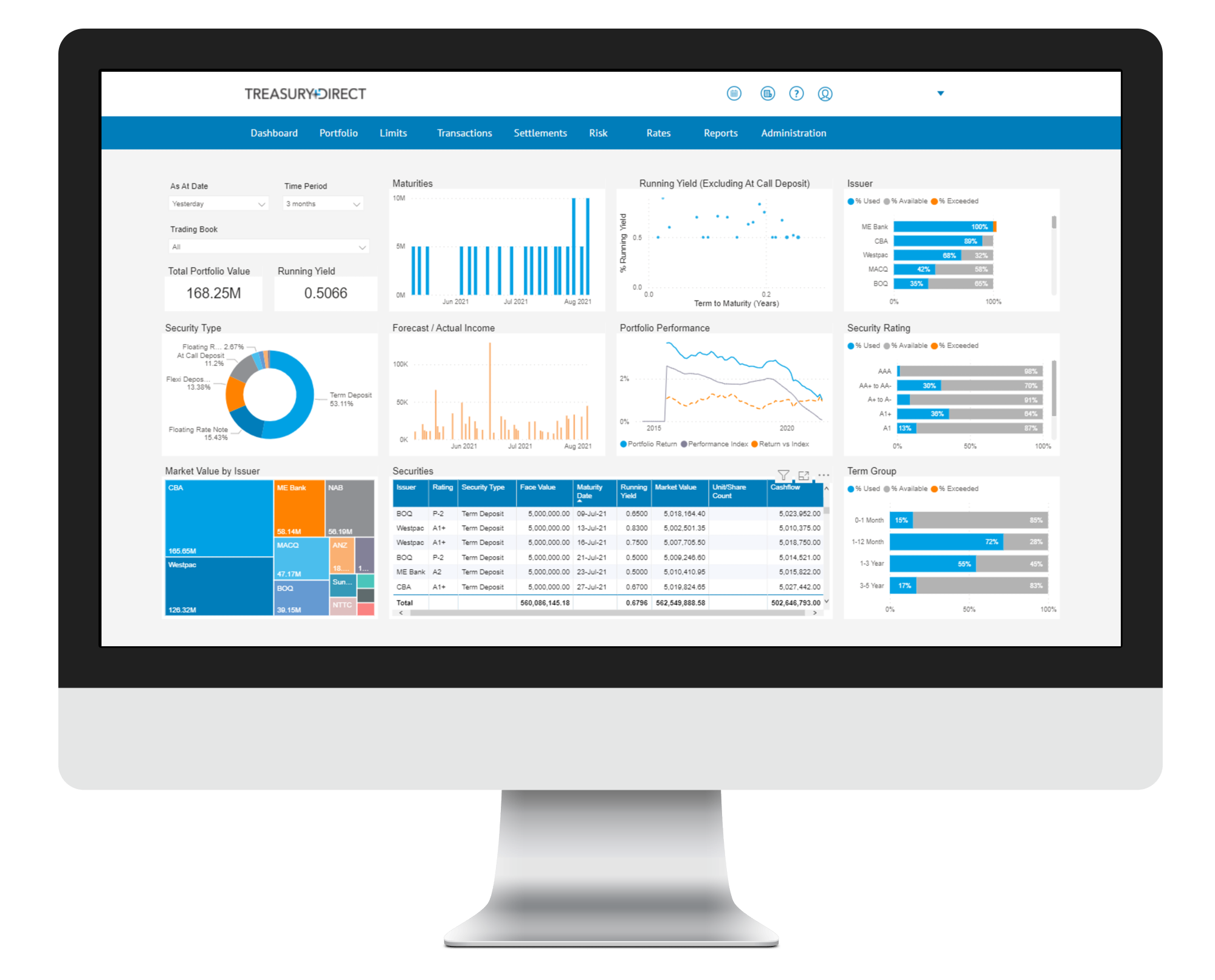Markets Overview
- ASX SPI 200 futures up 0.2% to 8,398.00
- Dow Average up 1.0% to 43,942.88
- Aussie down 0.2% to 0.6265 per US$
- US 10-year yield fell 5.5bps to 4.5723%
- Australia 3-year bond yield fell 5.9 bps to 3.88%
- Australia 10-year bond yield fell 7.4 bps to 4.40%
- Gold spot up 1.3% to $2,743.00
- Brent futures down 0.9% to $79.42/bbl
Economic Events
- 10:30: (AU) Dec. Westpac Leading Index MoM, prior 0.05%
- 11:00: (AU) Bloomberg Jan. Australia Economic Survey
- 11:00: (AU) Australia to Sell A$800 Million 2.75% 2035 Bonds
Stocks climbed as President Donald Trump struck a better-than-feared tone on global trade and speculation grew that his policies will further boost Corporate America. Bonds continued to unwind the recent surge in yields that roiled markets. The dollar wavered.
Over 400 shares in the S&P 500 rose, with the gauge up almost 1% as Trump is expected to announce a new investment push for artificial intelligence led by Softbank Group Corp., OpenAI LLC, and Oracle Corp. A closely watched exchange-traded fund tracking companies with AI exposure hit a three-year high. Small caps climbed on bets they will benefit from a protectionist stance. Trump’s flurry of executive orders helped boost space shares, while weighing on electric-vehicle makers. An ETF focused on big Chinese firms gained as the US president so far refrained from announcing tariffs on the Asian nation.
Treasury yields hovered near their lowest levels of the year. Mexico’s peso and Canada’s loonie got hit as Trump outlined levies he expects to place on both countries by Feb. 1.
“Risky assets should benefit from deregulation and tariffs emerging as not so bad as feared,” said Mohit Kumar at Jefferies International Ltd. “For rates, less onerous tariffs and likely lower oil prices should be a positive.”
Callie Cox at Ritholtz Wealth Management, says it’s time to see what speculation was “founded” and what was “just nonsense” when it comes to tariffs. Meantime, she noted that Trump faces a crucial test on another front.
“We’ll start seeing more headlines around debt-ceiling talks, and possibly, more stress on the shorter end of the Treasury curve,” she said.
The debt ceiling is frequently used for leverage amid budget negotiations in Congress, with agreements often made at the last minute. As a result, the standoffs typically ripple through short-term interest rates as investors dump Treasury bills most vulnerable to a potential default in favor of other securities.
The S&P 500 rose 0.9%. The Nasdaq 100 added 0.6%. The Dow Jones Industrial Average climbed 1.2%. The Russell 2000 of small caps rallied 1.8%. A gauge of the “Magnificent Seven” megacaps added 0.3%. In late hours, Netflix Inc. soared after reporting its biggest quarterly subscriber gain in history. United Airlines Holdings Inc. issued a bullish outlook.
The yield on 10-year Treasuries declined seven basis points to 4.56%. The Bloomberg Dollar Spot Index was little changed.
“Last week, the equity markets experienced a broad rally, supported by cooler inflation data, upbeat earnings from banks, and a recovery from short-term oversold conditions and negative sentiment,” said Craig Johnson at Piper Sandler. “We expect further upside in equities, supported by the return of Trump’s ‘business and investor-friendly’ policies.
The “presidential scorecard” of stock-market performance is resetting this Tuesday, with Trump beginning his day in the White House for the first time in four years.
For Joe Biden’s entire presidency, the Dow Jones Industrial average rallied 39.4% — about 18 percentage points less than the four years under his Trump’s first administration — and over 100 percentage points less than the 149.4% during the eight years of the Obama era, according to data compiled by Bespoke Investment Group.
“While the Dow’s performance under Biden was the weakest of the last three presidents, it was still nothing to sneeze at, and it caps off a third straight period of strong gains under a presidential term,” Bespoke said. “Let these performance numbers serve as a reminder that as an investor you should never let your politics and investment decisions overlap.”
Since 1944, from the election through the inauguration day, the S&P 500 gained an average 1.6%, according to Sam Stovall at CFRA. During the subsequent “First 100 (calendar) Days”, the S&P 500 gained an average of 2.1%, he noted.
“What’s more, the performances of S&P 500 sectors and sub-industries during the ‘Post-Election Honeymoon Period’ have been predictive of sector and sub-industry leadership for the entire year,” Stovall added.
Since 1993, the top four sectors from election day through inauguration day posted an average calendar-year increase of 17% versus the S&P 500’s average 15.9% rise and outperformed the broad benchmark 75% of the time, Stovall said. Even better, the top-10 S&P 500 sub-industries posted an average calendar-year increase of 26.8% and also beat the market 75% of the time, he concluded.
This time around, there are early signs that investors are preparing for equity laggards to rally on bets that Trump could take a softer-than-feared stance on global trade, according to a survey by Bank of America Corp.
If concerns around Trump’s tariff proposals prove to be “unfounded,” investor allocations would remain risk-on and stock markets that have trailed the powerful rally in the US would play catch up, BofA strategist Michael Hartnett said.

